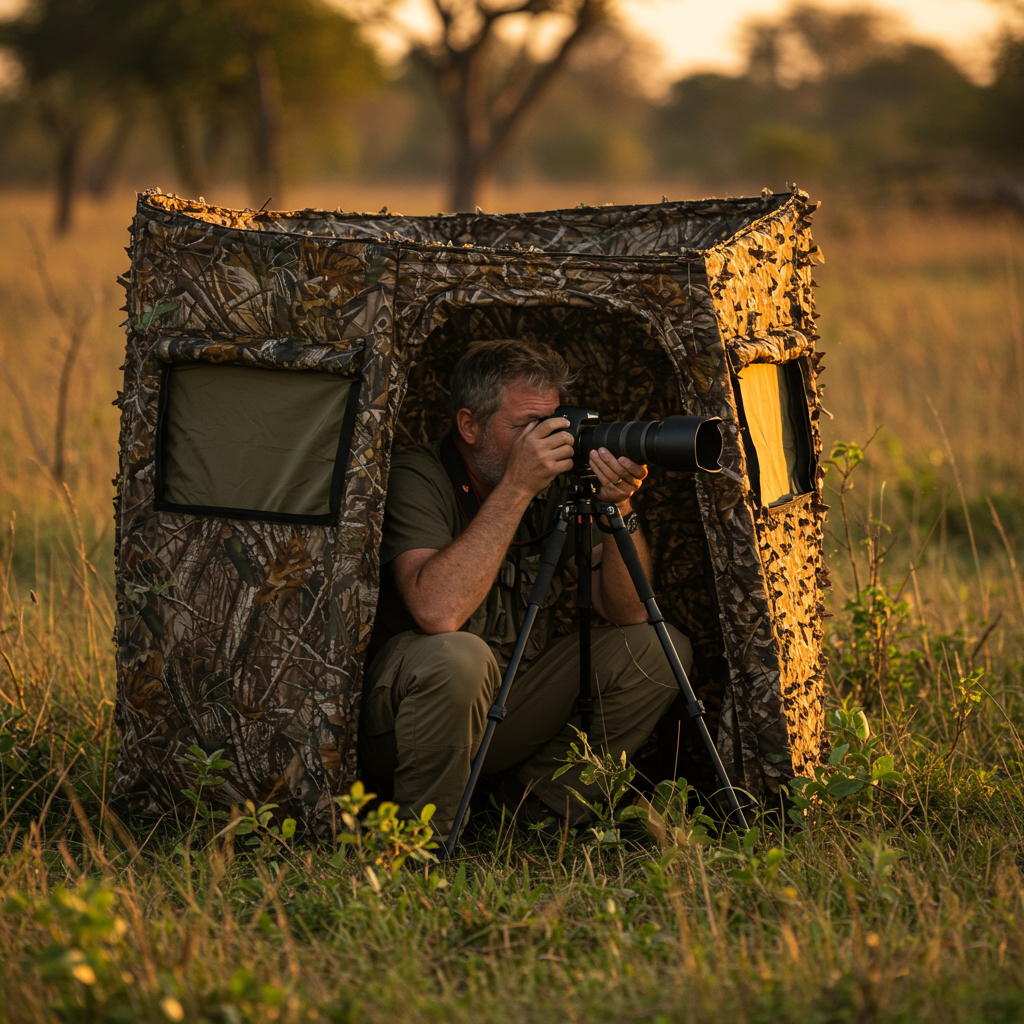
Wildlife photography, a pursuit that blends patience, technical skill, and a deep appreciation for the natural world, offers incredible rewards. Capturing the raw beauty and power of animals in their natural habitats is a truly enriching experience. However, achieving stunning wildlife images requires more than just pointing and shooting. This article delves into the essential tips and techniques that will elevate your wildlife photography, transforming snapshots into captivating works of art.
Understanding your subject is paramount. Research the animal’s behavior, preferred habitats, and activity patterns. This knowledge informs your approach, allowing you to anticipate moments and position yourself effectively. For instance, knowing the dawn and dusk activity peaks of many creatures allows you to plan your shoot around these golden hours, maximizing your chances of capturing stunning images bathed in soft, warm light.
Investing in the right equipment is crucial. A telephoto lens is essential for capturing distant subjects without disturbing them. Consider a lens with a focal length of at least 300mm, and ideally longer for smaller animals or shy species. A fast aperture (f/2.8 or wider) is beneficial for shooting in low light conditions and creating a shallow depth of field, beautifully isolating your subject from the background. A sturdy tripod is also invaluable for minimizing camera shake, especially when using long lenses.
Mastering the art of composition can transform a good photo into a great one. The rule of thirds, leading lines, and negative space are powerful tools that can add depth and visual interest to your images. Consider the animal’s placement within the frame, its direction of movement, and the surrounding environment. Experiment with different angles and perspectives to find the most compelling composition.
Patience is truly a virtue in wildlife photography. Waiting for the perfect moment, the fleeting glimpse of an elusive creature, or the dramatic display of animal behavior can require hours of stillness and observation. This quiet anticipation, however, is often rewarded with breathtaking images that capture the essence of the wild.
Respecting the environment and the animals you photograph is of utmost importance. Maintain a safe distance, avoid disturbing their natural behavior, and never bait or harass animals for the sake of a photograph. Ethical wildlife photography prioritizes the well-being of the animals and their habitats above all else.
Post-processing plays a significant role in enhancing your wildlife images. Subtle adjustments to brightness, contrast, sharpness, and color saturation can bring out the details and mood of your photographs. However, avoid over-processing, which can result in unnatural-looking images. Strive for a balanced and authentic representation of the scene you captured.
By combining technical proficiency with a deep respect for the natural world, you can embark on a fulfilling journey of wildlife photography. Capturing those fleeting moments of beauty and wonder, freezing them in time, is a privilege and a testament to the power of photography to connect us with the wild.



